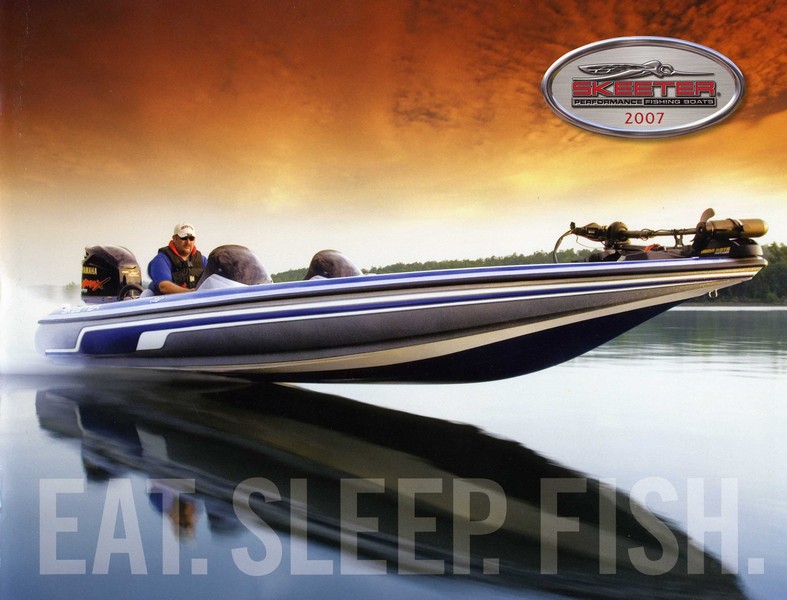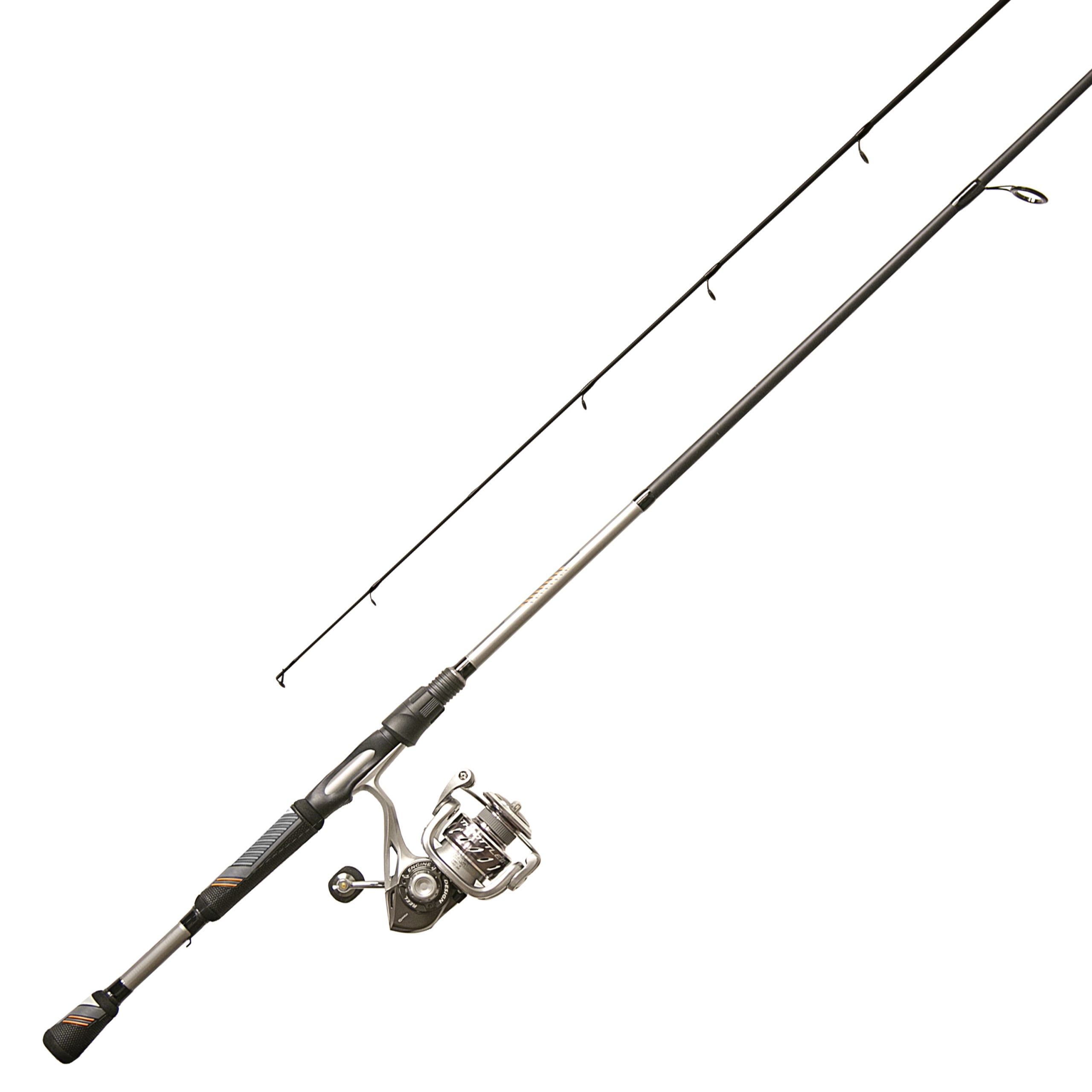The current economic environment has created an excellent boat buyer’s market, and pre-owned could be a great way to go.
Don’t forget to thoroughly inspect the trailer you are buying with the boat to make sure everything is in working order.
If the pre-owned boat you are considering is powered by a Yamaha outboard, jet, or sterndrive, make sure to have a certified Yamaha technician check it out before you make the purchase.
It May Not Be New, But It’s New to You
You’re ready to move up to a bigger boat, downsize to a smaller boat, or maybe Ol’ Faithful isn’t as faithful as she used to be – it’s time for another boat. That’s great, because there has never been a better time to get a boat. It a buyer’s market.
Don’t let new boat sticker shock nix your dreams; there are thousands of pre-owned (sales speak for “used”) boats yearning for a home where someone will love and take care of them.
Detective Work – From the Outside In
Buying a boat isn’t that much different from buying a used car. Before you get too far into the process, ask the owner if the boat has a clear title or has a lien against it, and would he mind if you looked at the title or paperwork. Make sure the Hull Registration Number (HIN) matches the number stamped on the starboard transom. If the owner balks at showing you the title or the numbers don’t jibe, get back in the car and keep shopping.
Pay attention to the details. The gelcoat, rubrail, and metal components won’t have excessive nicks or dings, although minor scuffs on the rubrail and worn pinstripes where the bow rides on the trailer’s bow roller are usually acceptable.
Deep chips in the fiberglass warrant closer examination; if you can see strands of fiberglass in the injury, it’s possible that water has entered the laminate – a potentially expensive repair, depending on the location of the damaged area.
Check the outboard well for cracks, especially near the clamp bracket (where the outboard bolts on the transom), as well as in the corners of the outboard well. Corner cracks are common and can often be repaired without a lot of hassle, depending on the severity of the fissure; however, cracks near the clamp bracket could be indicators of serious transom problems and will require professional evaluation.
Not all cracks are fatal. It’s not unusual to find crazing – fine cracks in the gelcoat that look like pencil marks – in high stress areas. Other than being aesthetically annoying, gelcoat crazing doesn’t often generate immediate concern.
Be wary of sloppy repairs; they can be indicators of the condition of the entire vessel.
The upholstery, carpet, and canvas should be clean and undamaged. Repairs to canvas, carpet, headliners, and upholstery can cost a small fortune, so take note of any discrepancies.
Power
The outboard should be in good shape cosmetically, with no divots in the skeg or the propeller. Bent propeller blades, a skeg missing its bottom third or a skeg with all the paint worn off could be clues of super-shallow water operation, which could mean a bent prop shaft, a worn-out water pump, and possibly a powerhead full of swamp gunk.
When you remove the cowling, the engine ought to be clean, without obvious corrosion at the electrical connections or homemade wiring splices. Steering cables (if so equipped) shouldn’t be rusty or frayed, and the wheel should turn from lock to lock without binding or sloppiness.
Run the engine on muffs and a garden hose, if possible, to ensure the outboard actually starts, and listen for strange noises coming from the powerhead. Also, hop in the boat to verify the instruments, lights, and other systems function properly.
Trailer Me
Don’t forget to inspect the trailer. All the lights should work, the coupler lubed, the safety chains in good shape, and the brake lines isolated from chafing and not rusted. The tires ought to be rated for boat trailer use, with good tread, and no weather cracks in the sidewalls. The hubs must be greased properly, and take a minute to check out the springs/axle hardware for missing pieces or impromptu repairs.
The bunks should have good carpet on them, with no worn-through places on the aft corners, or duct tape holding the carpet in place. On roller trailers, the rollers should spin freely, and the roller carriages pivot easily. The rollers mustn’t be cracked or dry rotted.
On bunk and roller trailers, the winch strap/cable must be free from fraying, tears or other signs of wear (and impending failure). The bow stop should be serviceable, free from cracks, splits, or dry rot.
Bring in the Professionals
Given that you like what you see so far, then it’s time to have the boat inspected. If the boat is powered by a Yamaha outboard, jet, or sterndrive, you can take the boat to a certified Yamaha technician to check out the drivetrain and related systems (for other brands, have their techs give the engine an exam), or you can hire a reputable marine surveyor to conduct a Pre-Purchase Survey. A surveyor is a professional boat inspector who will examine the boat thoroughly and provide you with an in-depth report of the condition of nearly every aspect of the vessel – the good, the bad, and the ugly.
Upon request, the Surveyor will also accompany you on a sea trial, to evaluate how the vessel’s systems function while underway.
Financing is the option most boaters choose; the bank (and very likely the insurance company) will require a Pre-Purchase Survey to assess their collateral and liabilities.
We recommend obtaining a Pre-Purchase Survey not only for the financial and insurance reasons, but if you’re moving up to a boat outfitted with complicated electrical and plumbing systems – into unfamiliar territory, the few bucks for a survey can ease your concerns and save you money in the long run.
Local Talent
If you bought your current boat from a local dealer and/or have the dealership perform routine maintenance on the boat, you already have a relationship with that dealer. This is the first place we would start looking for a used boat. Sometimes boat salespeople get requests for used boats they don’t have, and maybe your boat is what the other customer wants.
Perhaps the dealer has a nice used boat on the lot that meets your requirements. Most dealerships do all the paperwork to ensure the vessel is free and clear from legal encumbrances, conduct in-house pre-purchase surveys, and often offer some type of warranty. Who knows, you could go home with your newest pride and joy.
The dealership might not have the boat you’re looking for, but may be willing to sell your current boat on consignment, an attractive alternative to selling the boat yourself – running ads, answering phone calls, dealing with low ball offers and tire-kickers.
Private Sellers
Buying a boat from a private seller can be a crapshoot; you might win big, or lose the farm.
Ensure the boat has a clear title or doesn’t have any liens against it. Go over the entire boat with the evil eye, looking for clues of abuse or neglect. Hire a respected local marine surveyor to inspect everything about the boat. Sea trial the boat, preferably with the surveyor aboard, to double-check things are ship-shape. If everything is in good condition, haggle a bit, and take your newest boat home.
Some Words of Caution
You know how excited you get when you see your fantasy boat, even if it does have a few minor flaws, you’re in love and must have this boat.
The excitement during the buying process can be directly proportionate to the buyer’s remorse you’ll experience when you see your latest purchase through logical eyes – and realize that the boat is a classic, but a derelict classic.
When you find your dreamboat, check it out, sleep on it, and then revisit the vessel again to make sure that it’s true love, and not simply infatuation.










0 Comments